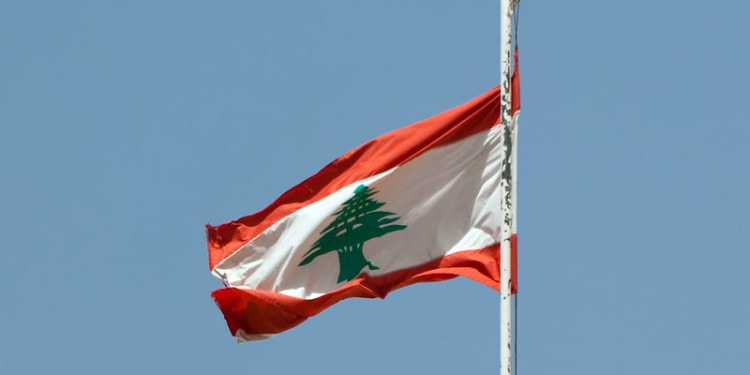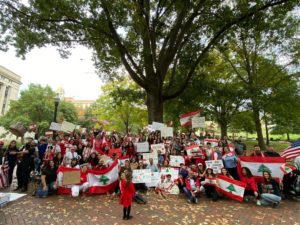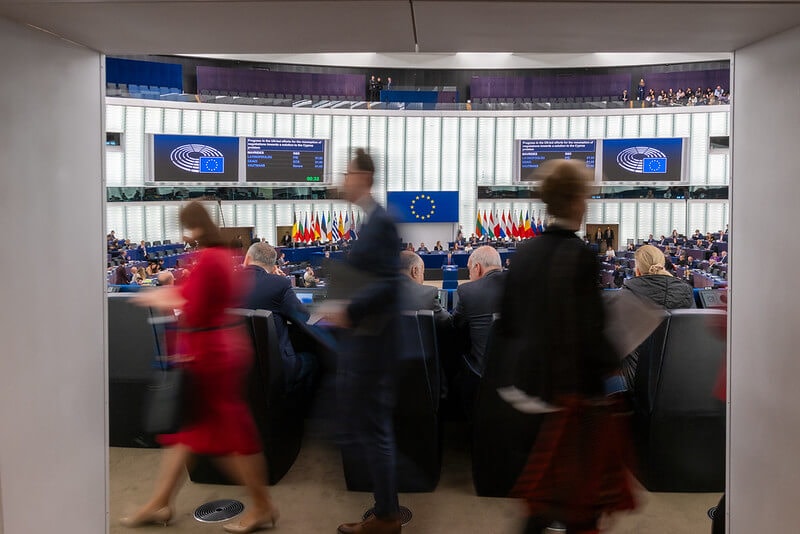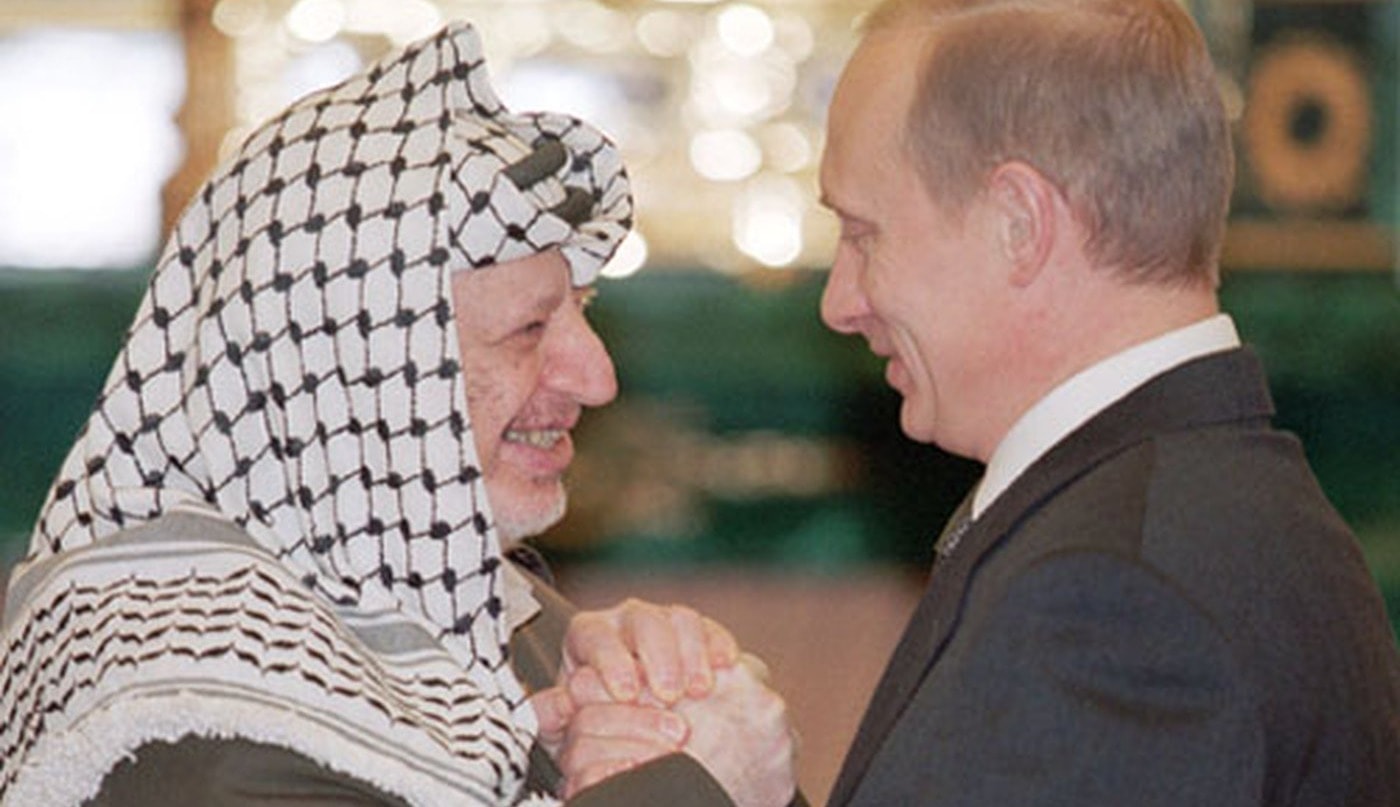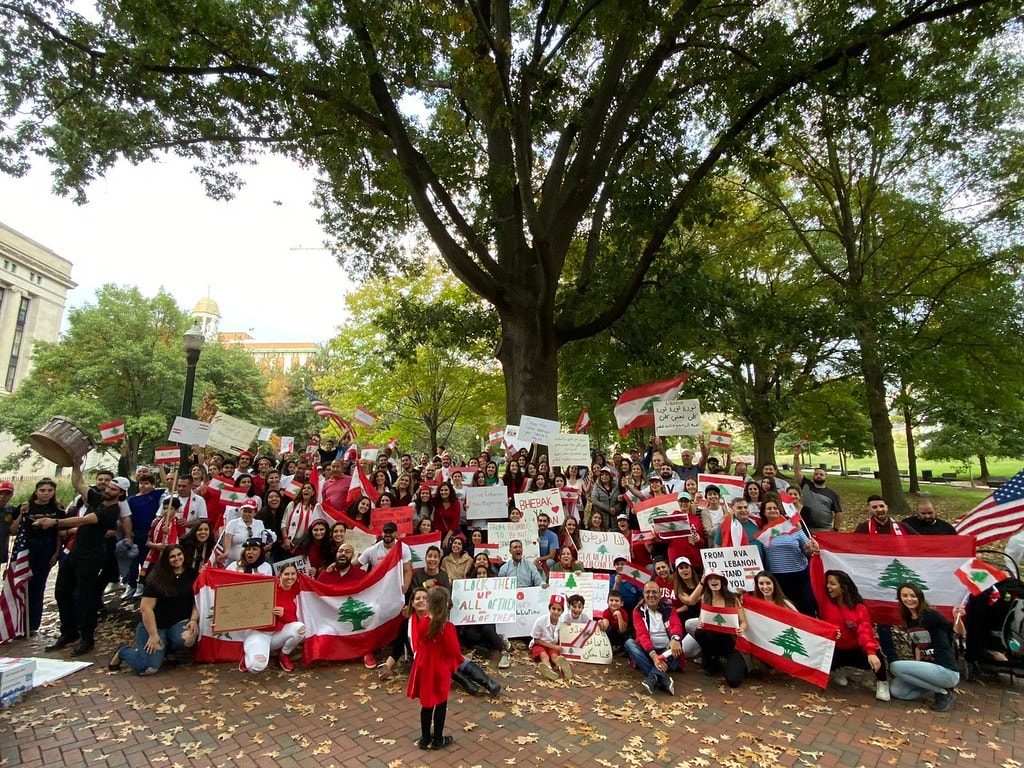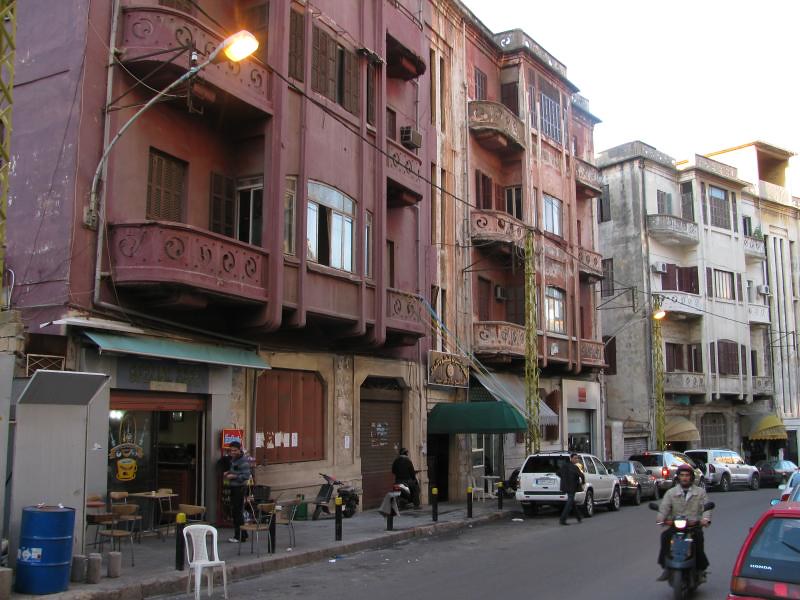Given the economic and financial crisis that Lebanon was enduring, the uprising was unsurprising. Prior to October 17th, small businesses and companies were locking their doors in Lebanon. Unemployment was rising, forcing thousands of fresh graduates to work in cheap labor while many others left the country or wish to do so. Thousands of Lebanese applied for migration to western countries. The government’s steps to limit freedom of speech and confine all social media and newspapers indicated developing authoritarianism. And amid all this, the currency crisis rubbed more salt on the wound. These blows were followed by the government’s miscalculation of imposing a fee on free WhatsApp calls. This decision sparked mass street protests demanding the overthrow of the sectarian and clientelistic regime. With the development of the events, along with the regional unrest amid the Iran-U.S. tension, chaos seems inevitable.
The Achievements of the Uprising
After 13 days of demonstrations, Prime Minister Saad Hariri resigned. The events that acted as catalysts to his resignation are worth noting. The most significant triumph was the collapse of sectarianism until further notice. In a matter of hours, the uprising de-sectarianized the confrontation and shaped a new national identity. Even in the post-civil war Lebanon, the political oligarchy micromanaged the sectarian tension and used it as a tool for its political agenda.

The uprising also succeeded in destroying the reputation of some warlords who transitioned into political figures, including Nabih Berri and Walid Joumblat. Even Hezbollah, simultaneously feared and respected among the Shi‘a, was cursed. The cross-sectarian protests that bonded the Lebanese took everyone by surprise. Their demands were righteous and couldn’t be dispelled by the now shocked oligarchy. The leaderships of all parties were troubled as they were losing ground and recorded many defections.
University students and alumni, fed up with the clientelist and sectarian system, were at the core of the demonstrations.
Amid all this, a marginalized young generation thrived. University students and alumni, fed up with the clientelist and sectarian system, were at the core of the demonstrations. Most of these societal elites were born in the post-civil war era. They kept a low profile prior to the uprising, but blossomed when given the chance. While protesters were closing the roads from north to south, the Lebanese army and security forces only intervened to thwart disorder.
The Resignation
While people protested for their dignity, Hassan Nasrallah, Hezbollah’s secretary general, positioned himself as the protector of the realm. In his first public appearance, he dispelled the conspiracy theory and approved the protesters’ demands. But many anti-Hezbollah protesters started pointing at its arsenal and cursing Nasrallah. In his second appearance, the situation changed. Nasrallah claimed that Hezbollah’s political rivals funneled part of these protests, and refused the resignation of the cabinet formed in the post-2018 parliamentary election. This was a prolongation of the consensus between Hariri and Michel Aoun that brought the latter to the presidency in 2016. Most Lebanese parties, including Hezbollah, were part of this. Behind the scenes, a tacit U.S.–Iran agreement delineated these arrangements.
However, Hezbollah did not expect Hariri’s resignation. But why did Hariri resign? Big picture-wise, the U.S.–Iran honeymoon collapsed when President Trump imposed new sanctions on Iran with the hope of negotiating a better deal. Until then, gaining leverage on the negotiation table is important for both sides. This culminated in the increase of tensions in the gulf, namely between Iran and Saudi Arabia. Iraq’s situation became precarious as a result, and now it’s Lebanon’s turn. So, Lebanon’s situation is defined by the overlap of geopolitical tensions with the economic crisis (caused by decades of corruption and lack of financial planning).
Editor’s Picks — Related Articles:
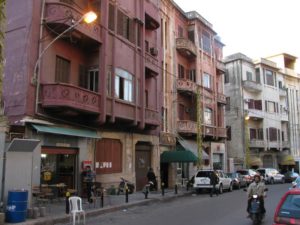
“Why Is Hezbollah Likely to Endure?”48992254002_6b64208b1
“All Of Them Means All Of Them: The Lebanese Revolution”
What Next
Following Hariri’s resignation, there are two possibilities. Hezbollah may form a new government with its allies and sideline Hariri and the anti-Iran parties. This is plausible because they have the majority in parliament. However, this would be a declaration of war. It may lead to more U.S. sanctions, this time not only against Hezbollah, but the entire Lebanese government. This would further aggravate Lebanon’s economic and financial situation as well as lead to a large military confrontation or small skirmishes.
Hezbollah and its allies could also re-elect Hariri, or someone he proposes, but with new terms. If Hezbollah chooses to avoid a stiff confrontation by negotiating with Hariri, it would be a boost for the latter. But Hariri could also end up needing to yield even more than before if Hezbollah rejects his re-election. The situation is delicate and chancy.
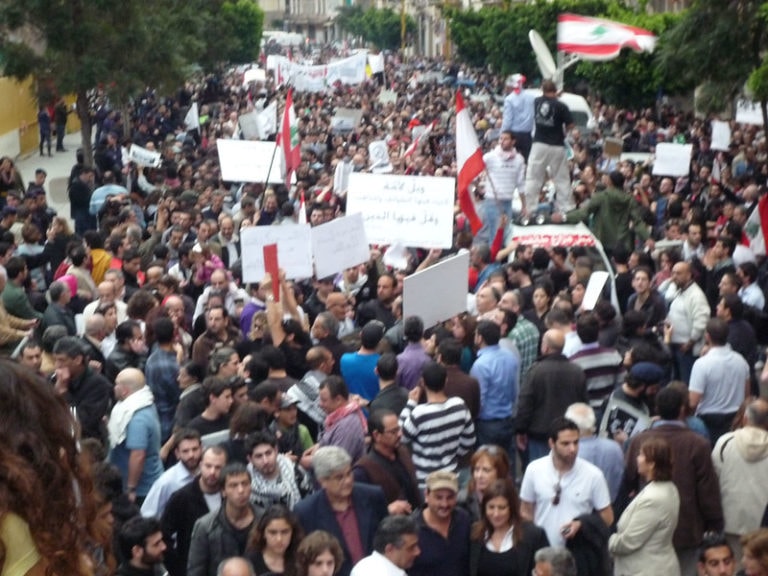
If either of those scenarios materialize, Lebanon would avoid a full-scale chaos. Regardless, the country can’t escape financial havoc. However, complete chaos is the most dangerous possibility. If it happens, Lebanon would end up acting as the battleground in a geopolitical fight that would only end with the conclusion of a new U.S.–Iran agreement —something that might not occur until after the next U.S. presidential election. Discussing Hezbollah’s missile factory, namely precision missiles is a likely point of contention. Israel’s security is not guaranteed with the presence of Hezbollah. Iran cannot cut Hezbollah loose because it will undermine regional leverage. These differences might reach a breaking point anywhere from Lebanon to Pakistan and Afghanistan, before any kind of regional stability occurs.


